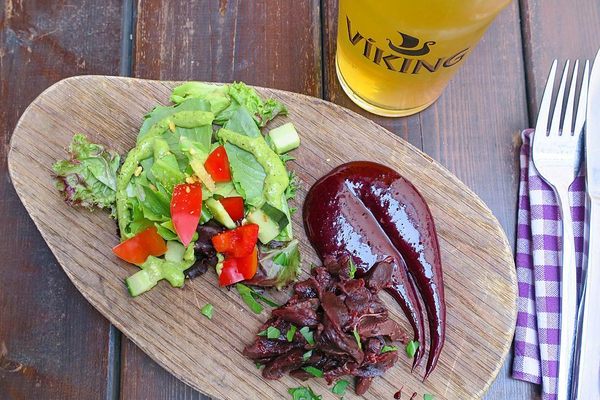Nineteenth-century England was rife with highly specialized table accoutrements. From pickle castors to celery vases, the Victorian era gave way to kitchen gadgetry designed in the spirit of gentility, not essential function. While some items faded into antiquity, others survived as decorative novelties. One living relic is the pie bird, a ceramic figurine designed to release steam from pies—a feat that is, by no means, necessary.
British bakers have employed steam-releasing tools since the late 1800s, but these didn’t hatch into birds until the 1930s. Some suspect that designers took inspiration from the nursery rhyme “Sing a Song of Sixpence,” which mentions “four and twenty blackbirds, baked in a pie.” But originally, the hollow utensil was sold as a cylindrical or hourglass funnel that advertised various kitchen product manufacturers. Eventually, ceramic artists began to take creative liberties, and while birds became ubiquitous, creatures such as elephants and pigs also made appearances in pies. Some special editions of pie birds even had wings that divided a pan in half, allowing the baker to employ two distinct fillings.
Avian or otherwise, each device was meant to prevent bubbly juice from spilling over in the oven. Others thought the object might function as a supportive tent-pole for a sheet of dough. But pies baked throughout history didn’t suffer for lack of a miniature chimney. Even novice pie makers know that slashing decorative vents into a top crust provides steam release, and collapsing pie centers are a non-issue. Taste testers found that the only perceivable difference a pie bird imparted between two otherwise identical pies was a bit of extra crispiness.
Despite being culinarily extraneous, the pie bird’s allure is evident. Victorian bakers couldn’t resist fanciful appearances. And people today are much the same—attraction to avian whimsy is a timeless phenomenon.
Written By
 rachelrummel
rachelrummel

















